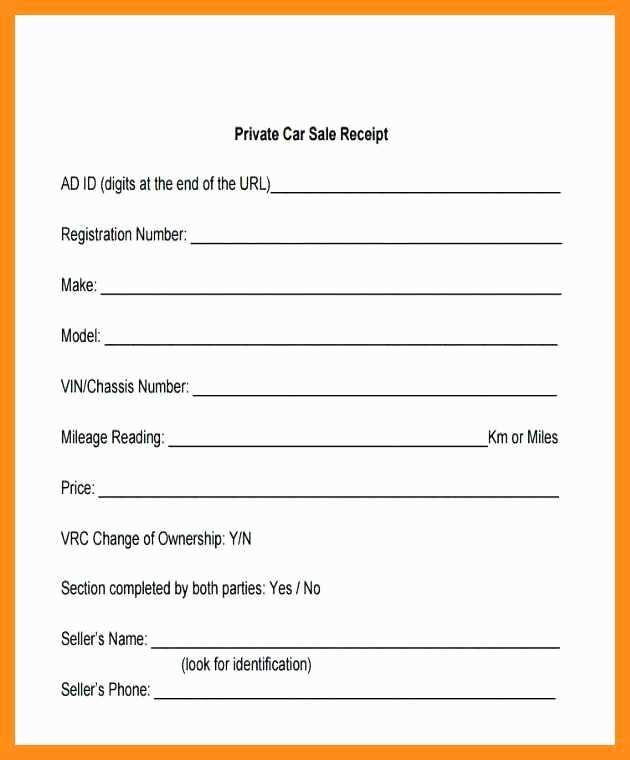
Creating a receipt for a private motorcycle sale helps protect both the buyer and the seller by clearly documenting the transaction. Ensure that the receipt includes the buyer’s and seller’s details, the motorcycle’s specifics, and the agreed price. This prevents any future misunderstandings.
Start by listing the full names and contact details of both parties. Specify the motorcycle’s make, model, year, VIN (Vehicle Identification Number), and mileage at the time of sale. This information confirms the motorcycle’s identity and condition at the moment of transfer.
Include the transaction date and the total sale amount. If any deposits or partial payments were made prior to the final sale, clearly state the amount received and the balance remaining, if applicable. It’s also a good idea to mention the method of payment–whether it was cash, bank transfer, or another method.
End the receipt by confirming that the motorcycle is sold “as-is,” with no warranties. If the sale includes any accessories or additional items (such as helmets, tools, or spare parts), make sure to list them separately to avoid confusion later.
By following this template, both parties can feel secure knowing the transaction has been properly documented and both sides have agreed on the terms of sale.
Private Motorcycle Sale Receipt Template
A private motorcycle sale receipt must contain key information to ensure the transaction is clear and legally binding. This includes details of the buyer, seller, vehicle, and terms of the sale.
- Seller’s Information: Full name, address, and contact details.
- Buyer’s Information: Full name, address, and contact details.
- Motorcycle Details: Make, model, year, VIN (Vehicle Identification Number), and odometer reading at the time of sale.
- Sale Price: The agreed-upon price for the motorcycle, along with the method of payment (e.g., cash, bank transfer).
- Date of Sale: The exact date the transaction occurred.
- Condition of Sale: A statement that the motorcycle is sold “as-is,” with no warranties, unless otherwise agreed upon.
- Signatures: Both the seller and buyer should sign the receipt to confirm the transaction.
By including these elements, the sale receipt will protect both parties and provide clear documentation of the transaction. Be sure to keep a copy of the signed receipt for your records.
Key Information to Include in the Receipt
Clearly outline the names of both the buyer and the seller. This identifies the parties involved and helps avoid future disputes. Include addresses or contact details if possible, especially if the transaction involves shipping or future communication.
Vehicle Details
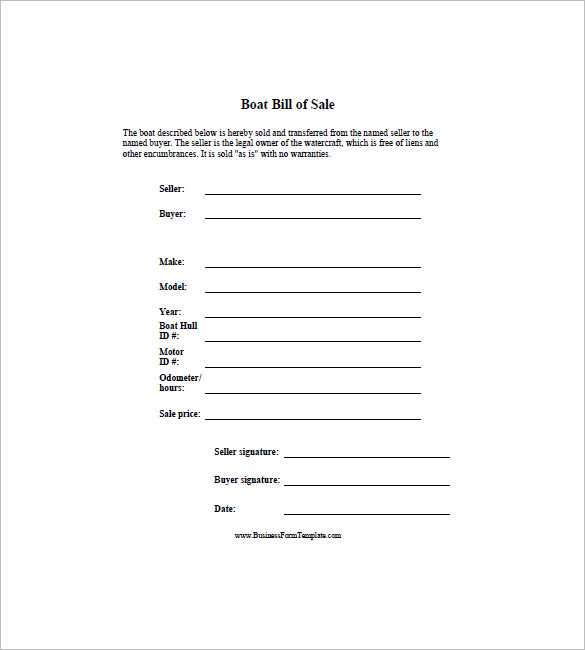
List the motorcycle’s make, model, year, and Vehicle Identification Number (VIN). These details are crucial for identifying the exact vehicle being sold and prevent confusion, especially if the buyer needs to register it later.
Transaction Details
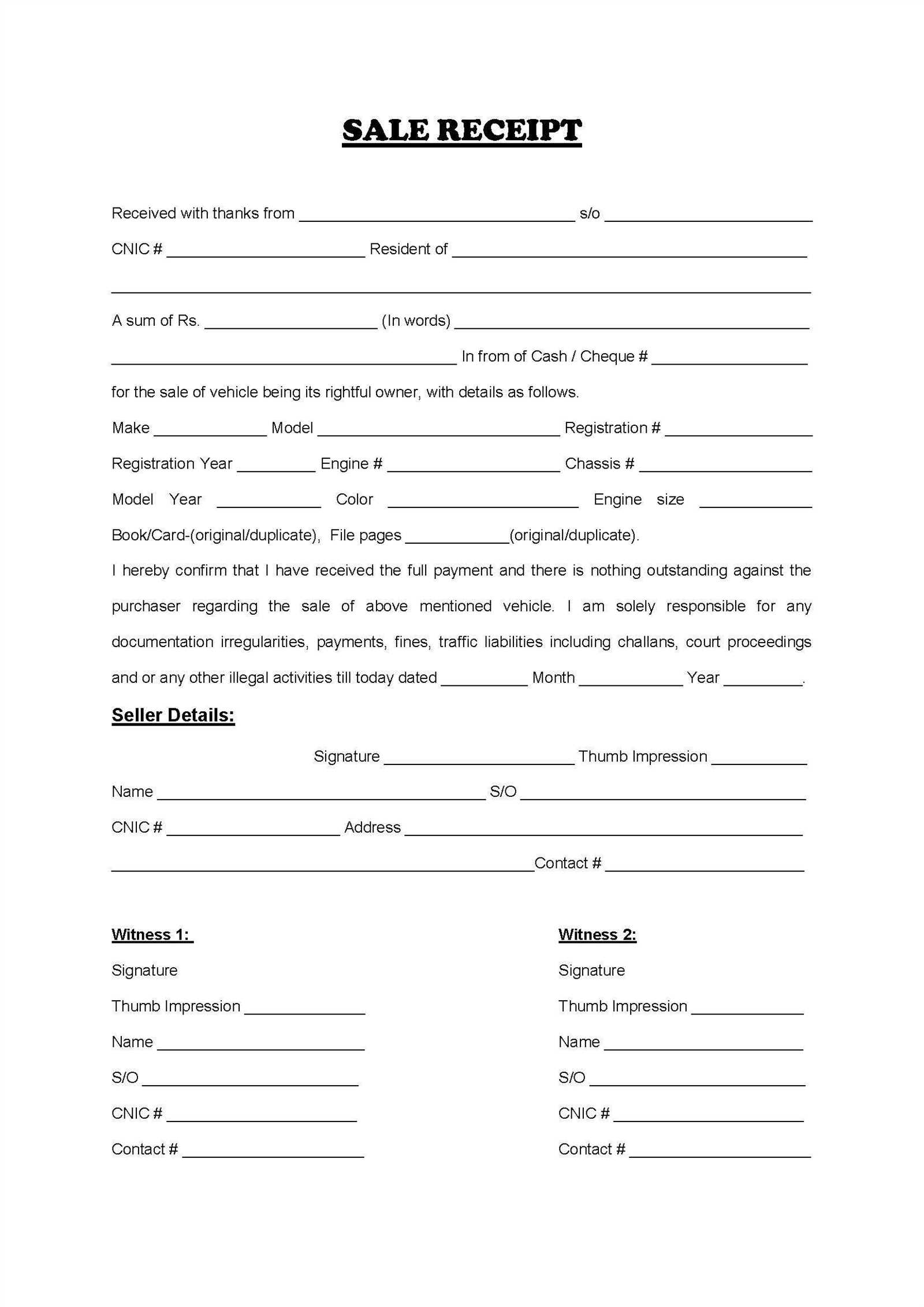
State the agreed sale price in both numbers and words to avoid any discrepancies. Include the payment method (cash, bank transfer, etc.) and the date of the transaction. If a deposit was made, mention the amount and whether it was deducted from the total price.
Record the sale as final and note whether the vehicle is sold “as-is” or with any warranties. If applicable, specify the terms under which the vehicle is sold, such as no refunds or exchanges.
Signature Section: Both parties should sign and date the receipt. This gives both buyer and seller legal backing, confirming that the sale terms are understood and accepted.
How to Format the Template for Clarity
Ensure the template is well-organized by breaking it into clear, distinct sections. Begin with the most important information: buyer and seller details, vehicle specifics, and payment terms. Use bold for headings like Buyer, Seller, Vehicle Details, and Payment to make the sections easy to locate. Each part should have its own space and avoid crowding information together.
Use bullet points or numbered lists for vehicle features and payment breakdowns. This will help separate key details, such as make, model, year, VIN number, and price, so the reader can quickly find what they need.
Place the most critical terms, like the purchase price and payment date, in bold or italic to draw attention to them. Keep sentences short and direct. This reduces confusion and ensures that the recipient understands each part of the transaction clearly.
Lastly, avoid unnecessary jargon or overly technical terms. Keep the language straightforward and easy to follow. If any legal terms are necessary, explain them simply to avoid misinterpretation.
Legal Aspects and Necessary Signatures
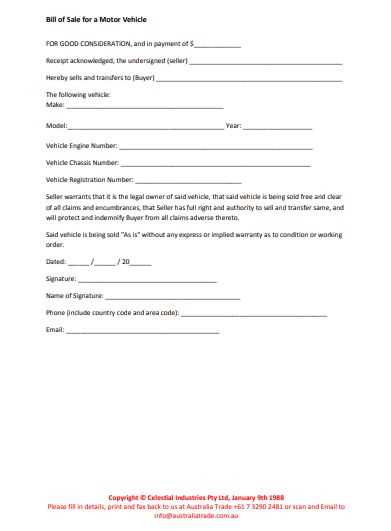
When drafting a motorcycle sale receipt, make sure both the buyer and seller sign the document to validate the transaction. The signatures confirm that both parties agree on the terms of the sale and that the motorcycle is transferred without any legal disputes. These signatures act as a binding agreement, ensuring the completion of the sale and protecting the rights of both parties.
Required Signatures
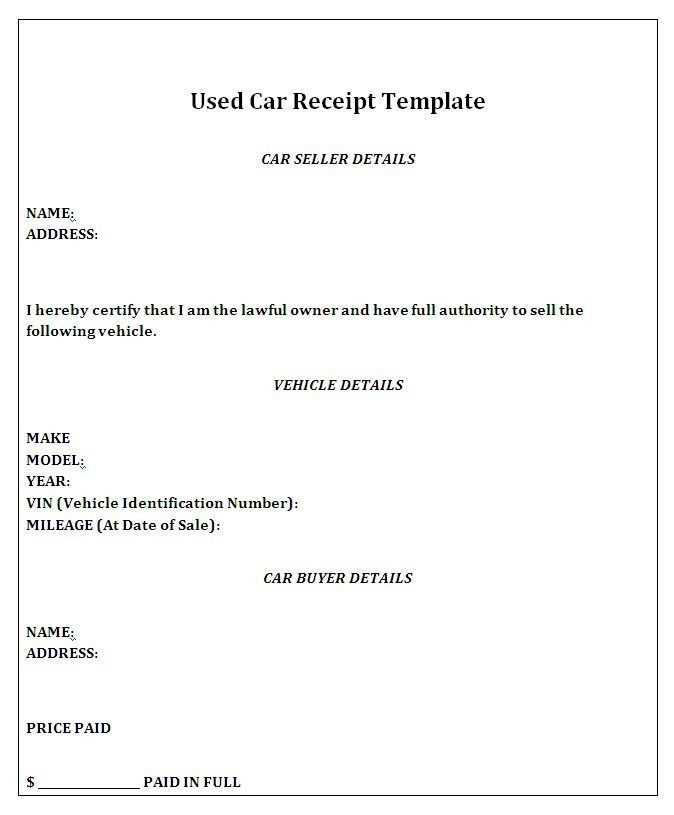
The receipt should include spaces for the signatures of both the seller and the buyer. The seller must sign to acknowledge they have transferred ownership of the motorcycle, while the buyer confirms their acceptance of the terms. In some jurisdictions, a witness signature may also be required to further authenticate the agreement.
Additional Legal Considerations
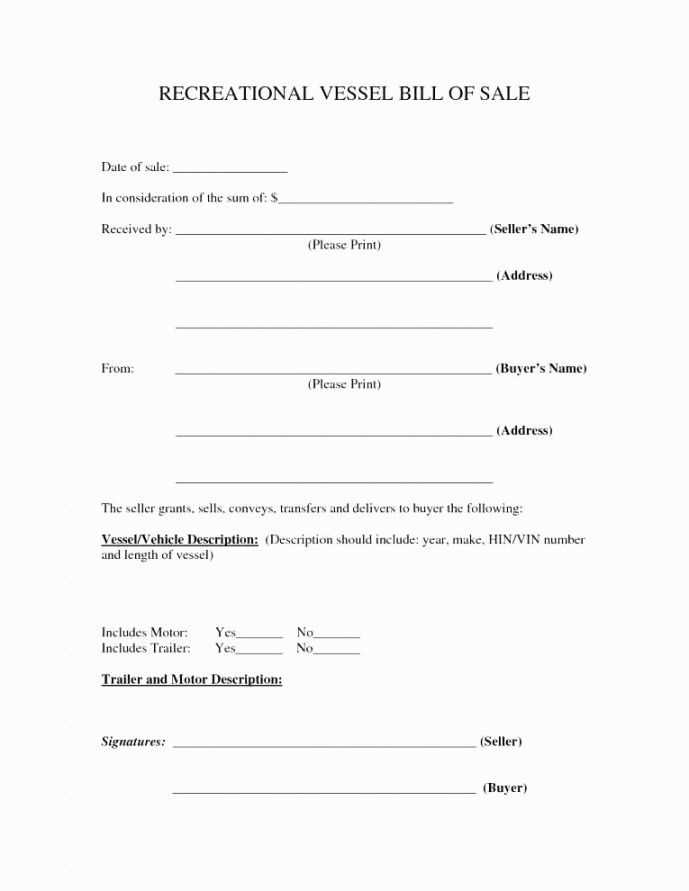
Ensure that the receipt includes key details, such as the motorcycle’s VIN (Vehicle Identification Number), the date of the transaction, and the agreed-upon price. This information helps avoid future disputes over ownership or payment. It’s also wise to retain copies of the signed receipt for both parties, as it may be necessary for registering the motorcycle or for tax purposes.


